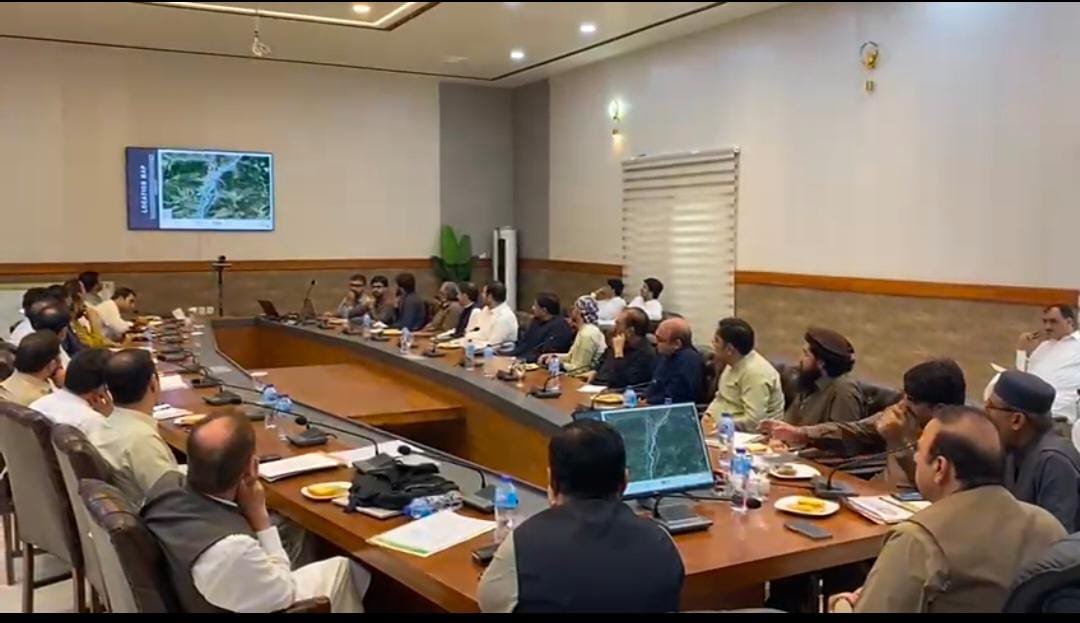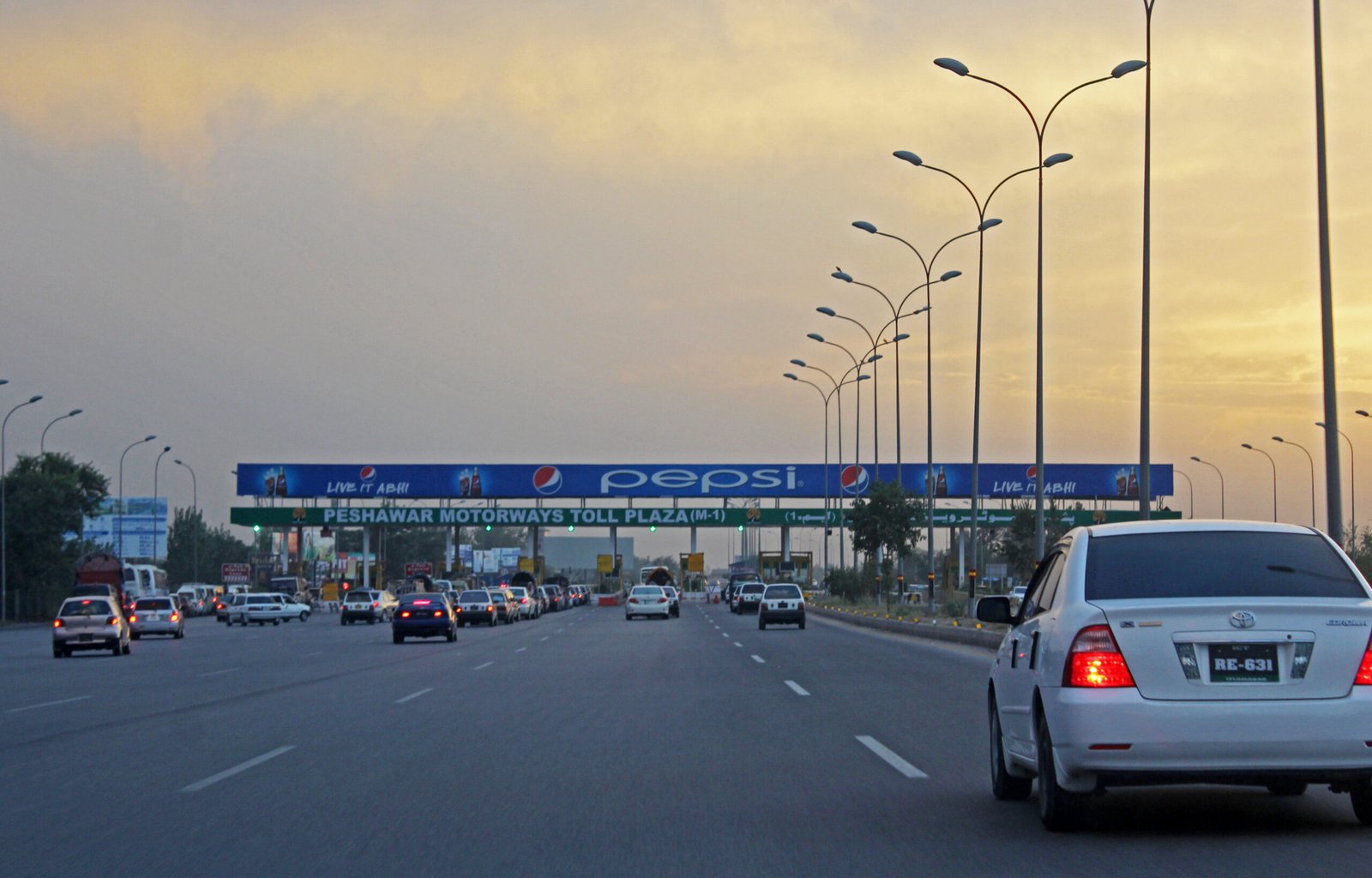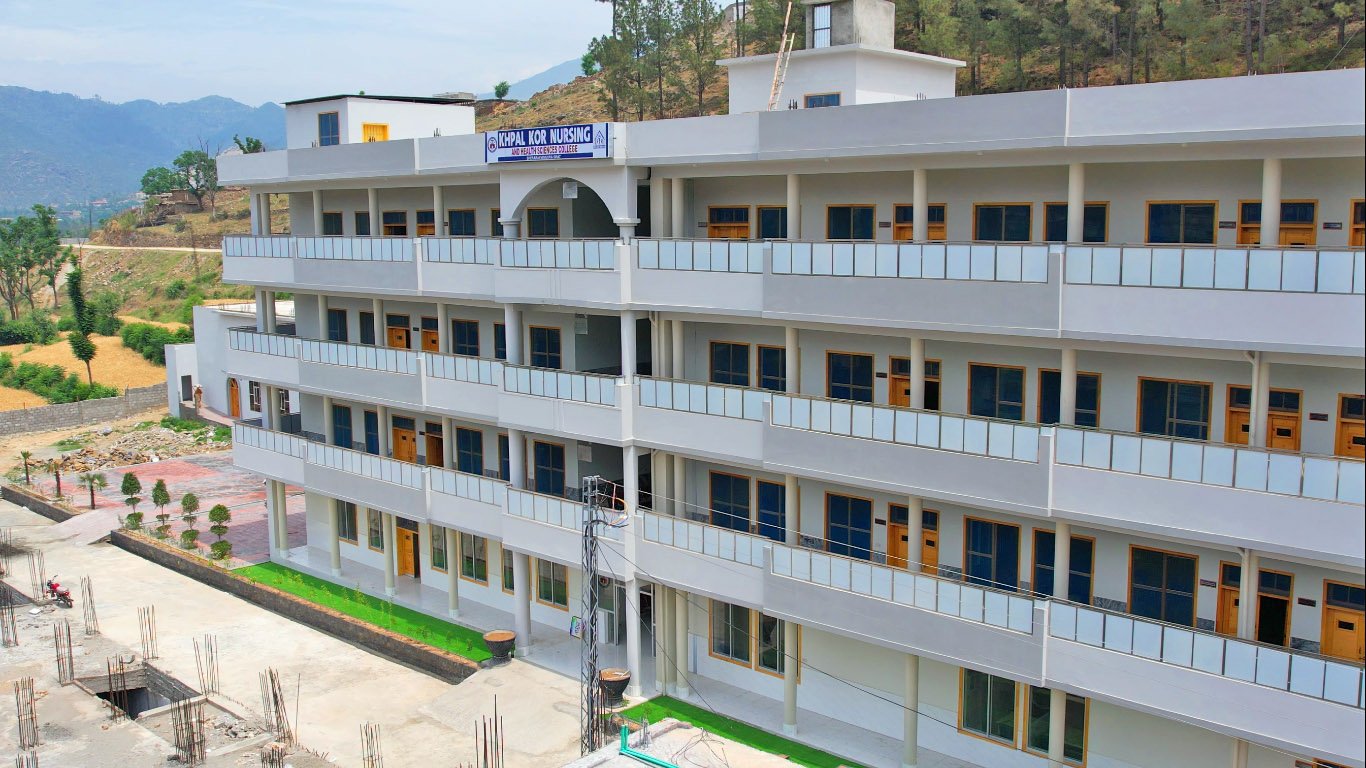SWAT (Syed Shahabuddin) — Officials reviewed the Swat Tourism Master Plan during a high-level meeting at the Commissioner Malakand Division office in Saidu Sharif. Deputy Commissioner Swat, Saleem Jan Marwat, and USDA Director General Shozab Abbas jointly chaired the session.
Heads of district departments, Nespak engineers, and other officers attended the meeting. Nespak presented a detailed briefing on the plan, which covers Madian, Bahrain, Mankial, Kalam, and Mahodand.
USDA and Nespak are jointly developing the Swat Tourism Master Plan. The initiative aims to stop illegal construction, improve sewerage and waste systems, reduce pollution, and protect natural beauty. It also focuses on upgrading infrastructure and offering international-standard facilities for tourists.
Officials noted that the plan will create jobs and development opportunities for locals. This boost in tourism is expected to strengthen the regional economy and attract sustainable growth.
To ensure timely execution, the deputy commissioner and the USDA chief urged departments to cooperate fully. They emphasized the need for coordination and consistent oversight. Moreover, they highlighted that preserving Swat’s ecology must guide all development efforts.
Speaking at the meeting, Shozab Abbas reaffirmed Swat’s global reputation as a top tourist destination. He said the provincial government aims to grow tourism while protecting natural resources. Additionally, he emphasized that the Swat Tourism Master Plan is a long-term strategy to conserve the valley for future generations.
Swat has long attracted visitors with its scenic peaks, rivers, and cultural heritage. From Kalam’s snowy mountains to Mahodand’s crystal lake, the valley offers unmatched beauty. However, unchecked development has threatened its environment. Through the Swat Tourism Master Plan, officials aim to reverse this damage and ensure tourism benefits both nature and local communities.
The plan also includes provisions for eco-tourism zones, improved signage, and digital mapping of tourist trails. These additions will help guide visitors responsibly while reducing pressure on fragile ecosystems. Authorities believe that with proper planning and community involvement, Swat can become a model for sustainable tourism in Pakistan.










